Nissan Qashqai vs Renault Austral – Hvilken modell fungerer best i hverdagen?
To biler, én duell: Nissan Qashqai møter Renault Austral.
Hvem imponerer mest på ytelse, forbruk og pris–ytelse? Finn ut nå!
The Showdown: Nissan Qashqai vs. Renault Austral
In the competitive world of compact SUVs, the 2024 Nissan Qashqai and the Renault Austral are two vehicles that continue to turn heads. Both represent the latest in innovation from their respective brands, offering a blend of style, functionality, and technology. Let's delve into a detailed comparison that highlights their similarities and differences.
Engine and Performance
Under the hood, both the Nissan Qashqai and Renault Austral offer a choice between Petrol Mild Hybrid (MHEV) and Full Hybrid options. The Qashqai provides a broader range of power outputs, from 140 to 190 horsepower (HP), while the Austral comes in slightly more concentrated options at 158 and 200 HP.
The Austral achieves an impressive acceleration from 0 to 100 km/h in 8.4 seconds for its full hybrid variant, while the Qashqai's best time is 7.9 seconds, indicating a slight edge in sporty performance. Both models primarily offer front-wheel drive, though the Qashqai also provides an all-wheel drive option for more varied driving conditions.
Fuel Efficiency and Environmental Impact
With growing emphasis on eco-friendly driving, the efficiency of both models is worth noting. The Qashqai has a varied consumption between 5.1 and 6.8 L/100km, while the Austral achieves a more efficient range between 4.7 and 6.1 L/100km. The Austral also edges ahead in CO2 emissions, achieving as low as 105 g/km compared to the Qashqai's range starting at 116 g/km.
Design and Dimensions
Both vehicles boast a modern, aerodynamic design. With a length of 4510 mm, the Austral is slightly longer than the Qashqai's 4425 mm. Width-wise, the Qashqai measures 1835 mm, while the Austral is marginally narrower at 1825 mm. Though these differences are minimal, they might influence your choice depending on parking spaces and garage configurations.
The SUVs feature similar heights, at 1625 mm for the Qashqai and 1618 mm for the Austral, providing a commanding view of the road. With both seating five, these vehicles are ideal for families or groups of friends.
Transmission Options
Transmission types differ between the two. The Qashqai offers both manual and automatic options, providing more flexibility for driving preferences. The Austral comes exclusively with an automatic gearbox, appealing to those who prefer ease of use.
Trunk and Load Capacities
Both SUVs offer ample trunk space, with the Qashqai providing 504 liters and the Austral slightly less at 500 liters. Despite the slight advantage for the Qashqai, both offer sufficient room for weekend getaways or family road trips. The Qashqai has a higher payload capacity at 520 kg compared to the Austral's maximum of 509 kg.
The Verdict
In conclusion, the choice between the Nissan Qashqai and the Renault Austral may come down to specific needs and preferences. The Qashqai offers a broader range of power options and the versatility of manual or automatic transmissions, while the Austral excels in fuel efficiency and has a slightly more effective environmental footprint.
Both vehicles represent the best of their brands, ensuring that regardless of your choice, you're driving a reliable, innovative compact SUV. For fans of technological advancements and environmental consciousness, the choice might lean towards the Austral. However, for those seeking power and transmission variety, the Qashqai is a formidable contender.
Her blir det konkret: De tekniske forskjellene i detalj
Kostnader og forbruk: Pris og effektivitet er blant de viktigste faktorene ved valg av bil – og her vises ofte de store forskjellene.
Nissan Qashqai har et minimal prisfortrinn – den starter på 34300 €, mens Renault Austral koster 34700 €. Forskjellen er omtrent 410 €.
Også når det gjelder drivstofforbruk, ser vi forskjeller: Renault Austral klarer seg med 4.80 L og er dermed nesten umerkelig mer drivstofføkonomisk enn Nissan Qashqai, som bruker 5.10 L. Forskjellen er omtrent 0.30 L per 100 km.
Motor og ytelse: Under panseret ser man hvilken modell som har den mer sportslige karakteren – og hvem som akselererer best.
Når det gjelder motoreffekt, har Renault Austral et nesten umerkelig overtak – 200 hk mot 190 hk. Det tilsvarer en forskjell på omtrent 10 hk hk.
I akselerasjon fra 0 til 100 km/t er Nissan Qashqai knapt merkbar raskere – 7.90 s mot 8.40 s. Forskjellen er omtrent 0.50 s.
Når det gjelder toppfart, ligger Nissan Qashqai en smule foran – den når 206 km/h, mens Renault Austral stopper på 180 km/h. Forskjellen er omtrent 26 km/h.
Også når det gjelder dreiemoment, er det forskjeller: Nissan Qashqai drar noe kraftigere med 330 Nm mot 270 Nm. Forskjellen er omtrent 60 Nm.
Plass og praktiske egenskaper: Familiebil eller hverdagskamerat – hvem tilbyr mest plass, fleksibilitet og komfort?
Begge bilene har plass til 5 personer.
Når det gjelder egenvekt, er Nissan Qashqai knapt merkbar lettere – 1420 kg mot 1539 kg. Forskjellen er omtrent 119 kg.
Når det gjelder bagasjeromsplass, tilbyr Renault Austral minimal mer plass – 555 L mot 504 L. Forskjellen er omtrent 51 L.
Ved maksimal lastekapasitet scorer Renault Austral en smule bedre – opptil 1761 L, omtrent 314 L mer enn Nissan Qashqai.
Også når det gjelder nyttelast, vinner Nissan Qashqai minimal – 520 kg mot 477 kg. Forskjellen er omtrent 43 kg.
Alt i alt viser Nissan Qashqai seg å være bare en svak fordel og sikrer seg dermed tittelen som DriveDuel Champion.
Den utmerker seg med en bedre totalpakke og er den mest allsidige bilen i hverdagen.
Nissan Qashqai
Nissan Qashqai har lenge vært en favoritt blant SUV-entusiaster i Norge, takket være sitt stilige design og praktiske interiør. Med forbedret komfort og moderne teknologi, tilbyr denne modellen en behagelig kjøreopplevelse både i byen og på langtur. Qashqai imponerer også med sin allsidighet, noe som gjør den til et populært valg for familier og aktive livsstiler.
detaljer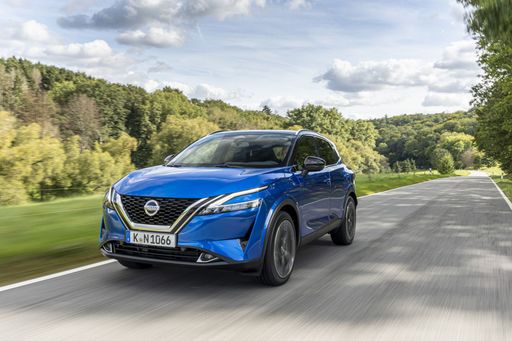 @ Nissan
@ Nissan
 @ Nissan
@ Nissan
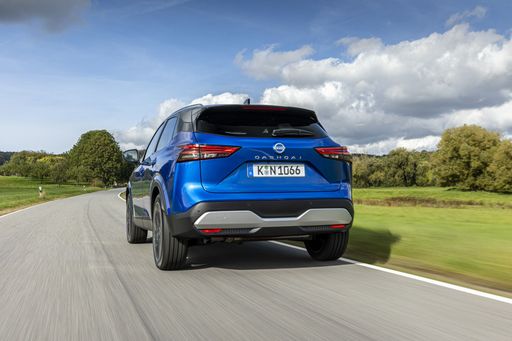 @ Nissan
@ Nissan
 @ Nissan
@ Nissan
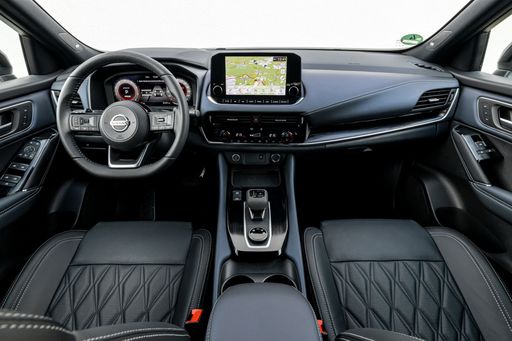 @ Nissan
@ Nissan
Renault Austral
Renault Austral er en imponerende SUV som kombinerer stil med funksjonalitet. Med sitt moderne design og romslige interiør, tilbyr bilen både komfort og praktisk bruk. Den har også smarte teknologiske løsninger som gjør kjøreopplevelsen enda mer behagelig.
detaljer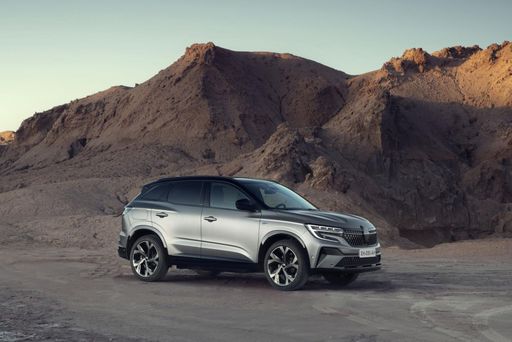 @ Renault
@ Renault
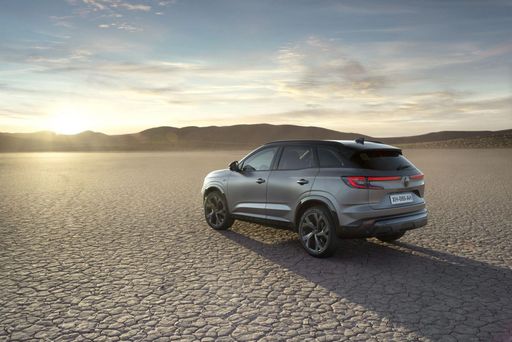 @ Renault
@ Renault
 @ Renault
@ Renault
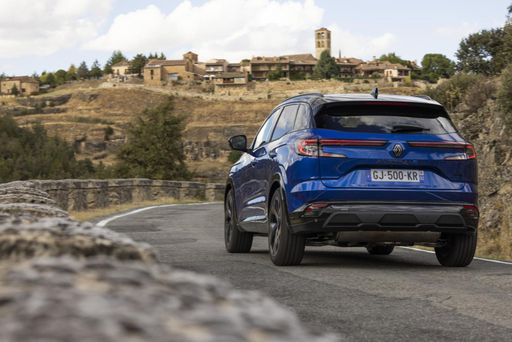 @ Renault
@ Renault
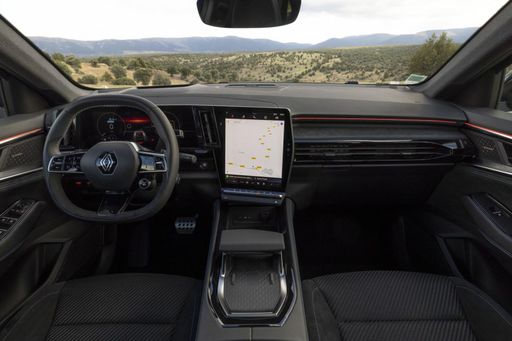 @ Renault
@ Renault
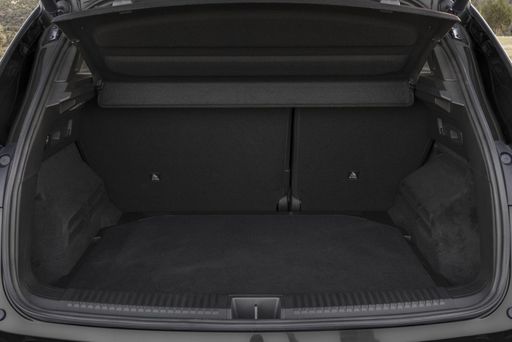 @ Renault
@ Renault

|

|
|
|
|
Kostnader og forbruk |
|
|---|---|
|
Pris
34300 - 49600 €
|
Pris
34700 - 44200 €
|
|
Forbruk L/100km
5.1 - 6.8 L
|
Forbruk L/100km
4.8 - 6.5 L
|
|
Forbruk kWh/100km
-
|
Forbruk kWh/100km
-
|
|
Elektrisk rekkevidde
-
|
Elektrisk rekkevidde
-
|
|
Batterikapasitet
-
|
Batterikapasitet
-
|
|
co2
116 - 154 g/km
|
co2
109 - 148 g/km
|
|
Tankkapasitet
55 L
|
Tankkapasitet
55 L
|
Mål og karosseri |
|
|---|---|
|
Karosseri
SUV
|
Karosseri
SUV
|
|
Seter
5
|
Seter
5
|
|
Dører
5
|
Dører
5
|
|
Egenvekt
1420 - 1665 kg
|
Egenvekt
1539 - 1613 kg
|
|
Bagasjerom
479 - 504 L
|
Bagasjerom
527 - 555 L
|
|
Lengde
4425 mm
|
Lengde
4533 mm
|
|
Bredde
1835 mm
|
Bredde
1825 mm
|
|
Høyde
1625 mm
|
Høyde
1645 mm
|
|
Maks bagasjerom
1422 - 1447 L
|
Maks bagasjerom
1736 - 1761 L
|
|
Nyttelast
466 - 520 kg
|
Nyttelast
464 - 477 kg
|
Motor og ytelse |
|
|---|---|
|
Motortype
Bensin MHEV, Full hybrid
|
Motortype
Bensin MHEV, Full hybrid
|
|
Girkasse
Manuel, Automat
|
Girkasse
Automat
|
|
Gir detalj
Manuell girkasse, CVT-girkasse, Reduksjonsgir
|
Gir detalj
CVT-girkasse, Automatgirkasse
|
|
Drivtype
Forhjulsdrift, Firehjulsdrift
|
Drivtype
Forhjulsdrift
|
|
Effekt hk
140 - 190 hk
|
Effekt hk
158 - 200 hk
|
|
Akselerasjon 0-100km/t
7.9 - 10.2 s
|
Akselerasjon 0-100km/t
8.4 - 9.7 s
|
|
Maks hastighet
170 - 206 km/h
|
Maks hastighet
180 km/h
|
|
Dreiemoment
240 - 330 Nm
|
Dreiemoment
270 Nm
|
|
Antall sylindre
3 - 4
|
Antall sylindre
3 - 4
|
|
Effekt kW
103 - 140 kW
|
Effekt kW
116 - 147 kW
|
|
Slagvolum
1332 - 1497 cm3
|
Slagvolum
1199 - 1332 cm3
|
Generelt |
|
|---|---|
|
Modellår
2024
|
Modellår
2025
|
|
CO2-effektivitetsklasse
E, D
|
CO2-effektivitetsklasse
E, C
|
|
Merke
Nissan
|
Merke
Renault
|
Er Nissan Qashqai tilgjengelig med ulike drivtyper?
Finnes som Forhjulsdrift eller Firehjulsdrift.
De viste prisene og dataene er estimater basert på tyske listepriser og kan variere avhengig av land. Denne informasjonen er ikke juridisk bindende.
